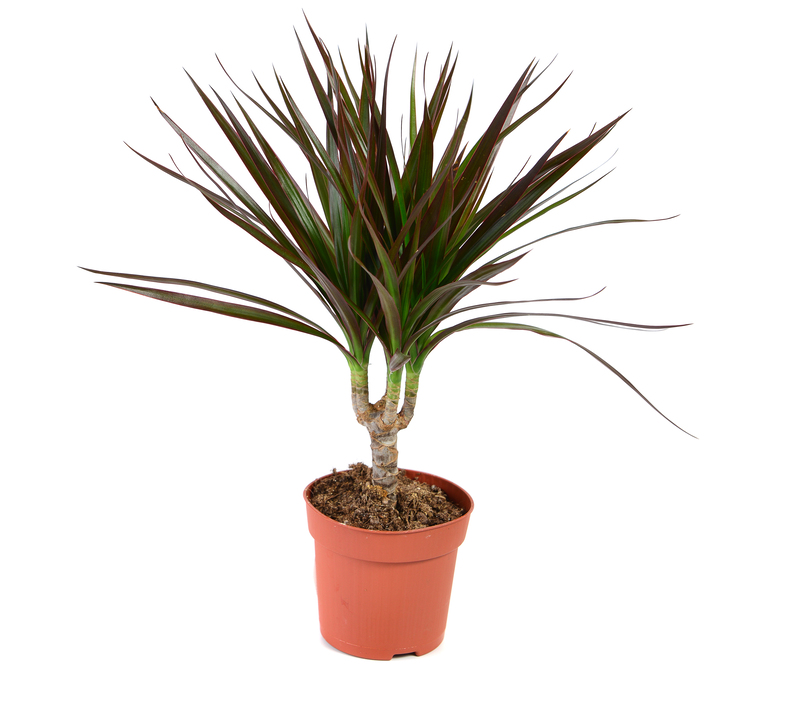Ensure a Greener Lawn with These 7 Tips
Posted on 27/12/2024
A lush, green lawn is the pride of any homeowner and the envy of the neighborhood. Achieving such a pristine yard takes effort, but the results are well worth it. From proper mowing techniques to effective watering practices, here are seven tips to ensure a greener, healthier lawn.
1. Mow at the Right Height
One of the key aspects of a green lawn is proper mowing. Avoid cutting the grass too short, which can stress the lawn and make it vulnerable to weeds and diseases. The ideal mowing height for most grass types is around 2.5 to 3 inches. This height allows the grass to develop a deeper root system, which enhances its ability to absorb water and nutrients.

2. Water Deeply and Infrequently
Effective watering practices can make a world of difference. Instead of frequent shallow watering, opt for deep and infrequent watering sessions. This encourages deeper root growth and makes your lawn more drought-resistant. Aim to water your lawn once or twice a week, providing about 1 inch of water each time.
3. Fertilize Appropriately
Fertilizers provide essential nutrients that promote growth and greenness. Use a slow-release fertilizer that favors your lawn type. Generally, it's best to apply fertilizer in the spring and fall when the grass is actively growing. Follow the manufacturer's instructions to avoid over-fertilizing, which can burn the grass and harm the environment.
4. Aerate Your Lawn
Over time, soil can become compacted, which inhibits root growth and water absorption. Aerating your lawn involves removing small plugs of soil to allow air, water, and nutrients to penetrate more effectively. This process should be done at least once a year, preferably in the spring or fall.
5. Control Weeds and Pests
A healthy lawn can often out-compete weeds, but sometimes additional measures are needed. Use a selective herbicide to target weeds without damaging your grass. Regularly inspect your lawn for pests and treat any infestations promptly with appropriate pesticides. Integrated Pest Management (IPM) strategies can help minimize the use of chemicals.
6. Regularly Overseed
Overseeding involves spreading grass seed over your existing lawn to fill in bare spots and increase turf density. This practice helps crowd out weeds and resist diseases. Choose high-quality, disease-resistant grass seed tailored to your climate and existing lawn type. Overseed in the fall or spring for best results.
7. Maintain Soil Health
Healthy soil equals a healthy lawn. Conduct a soil test to determine pH levels and nutrient deficiencies. Amend the soil as necessary with lime or sulfur to correct pH imbalances. Incorporate organic matter like compost to improve soil structure and fertility.
Pros and Cons of Maintaining a Greener Lawn
Pros:
- Improves curb appeal and property value.
- Provides a soft, safe area for outdoor activities.
- Contributes to a cooler environment by reducing the heat island effect.
- Healthy lawns can help improve air quality by trapping dust and pollutants.
Cons:
- Requires regular maintenance and time commitment.
- Can be costly due to water usage, fertilizers, and pest control products.
- Potential environmental impact from chemical fertilizers and pesticides.
- Might require professional services for optimal results.

Takeaways
To maintain a greener lawn, focus on the essentials: proper mowing, effective watering, fertilization, aeration, weed and pest control, overseeding, and soil health. Each of these practices contributes to creating a lush, green lawn that is both beautiful and sustainable.
Conclusion
Achieving a green and vibrant lawn requires a combination of consistent care and smart practices. By implementing these seven tips, you will be well on your way to enjoying a healthier lawn that enhances the beauty of your home. Remember, the effort you put in today will yield a lush, green reward tomorrow.




